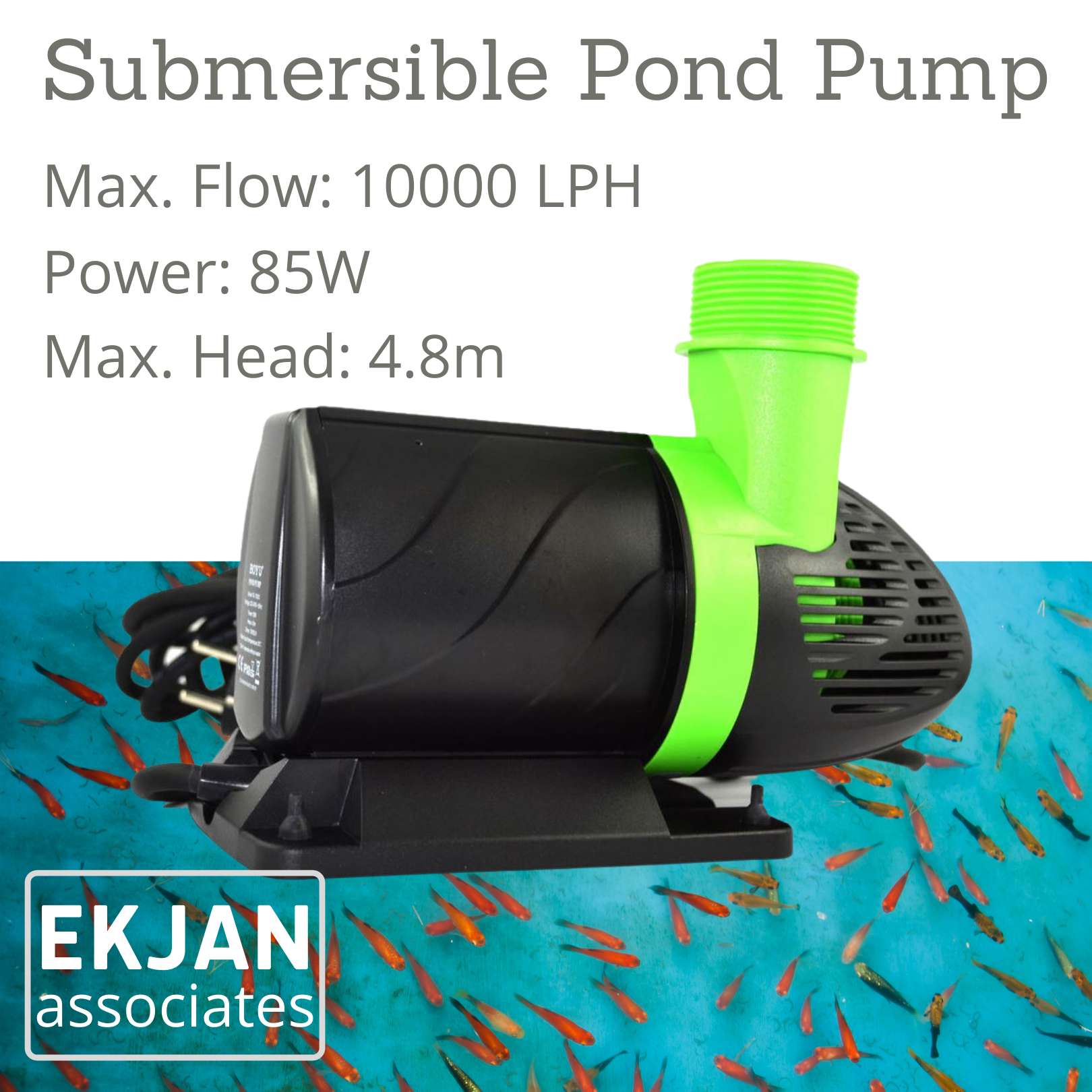
2021-05-16T09:47:51
Choosing what size of pond pump to run your filtration systems is one of the most important things to consider when setting up your pond. Putting aside makes and models for the time being, the first thing you need to establish is what flow rate you are going to require to run the filtration systems in your pond. This primarily comes down to the volume of water than needs to be circulated in your water. A healthy pond with an adequate filtration system circulates the entire volume of the pond roughly once every hour. Therefore, if your community fish pond (with no Koi) has a capacity of around 5000L, you need a pump with a flow rate of 5000 litres per hour (lph), meaning that if set up correctly, all your water gets a good clean every 60 minutes. Balancing your pond filter and pump The next thing you need to think about is your pond filter itself – after all, the purpose of your pump is to supply your filter with water to be cleaned, so they need to be matched as perfectly as possible. In non-koi ponds, try to keep this formula in mind: Size of pond = flow rate of pond pump = capacity of filter Eg. 5000L pond = 5000 lph flow rated pump = 5000l flow rate capacity filter Simple really! When koi get involved however, things get a little more complicated. A normally stocked koi pond creates a considerably larger amount of organic waste than a similar sized pond with goldfish in. Koi by their nature need a lot of nutrients to sustain their beautiful bodies, and therefore also excrete more matter – around 4 times as much as normal pond fish, and this needs to be accounted for by your filtration system in order to keep the water healthy. Talk to your koi stockist on purchase to point you in the direction of a filter system that will handle that volume of koi stocked water, and then match the flow rate capacity to that. Balancing pond size and filtration systems. Going back to our formula, you can easily see how if things are unbalanced, disaster can strike: Eg. 5000L pond + 10000Lph pump + 5000L filter box = very little water in your pond, and an overflowing filter box, and a very soggy garden! You can see in the example above that the pump is way too powerful for the size of pond, and the obvious problems will occur. Similarly: Eg. 5000L pond, + 2000lph pump + 5000L filter box = a low pressured filtration system that is less effective and does not clean as much water The best type of pond pump for you As a general rule of thumb, with pond pumps, the price you pay is the quality you get, so broadly speaking the best one for you is the most expensive one you can afford. Despite this, there are a range of fantastic discount pond pumps entering the market as new models are created. Something else to bare in mind is particulate. If your pond has a harsh, gravelly bottom or plenty of debris, think about getting a strainer cage or remote strainer for your pump. While most have a warrantee, the impellor is rarely covered due and is considered a perishable part by most manufacturers, so protecting your pond pump with adequate particulate straining is advised in most cases. Don’t forget to keep it clean with regular maintenance too! It won’t work too well if it is clogged with leaves and mud!

Have a question? Ask here!
Required fields are marked *